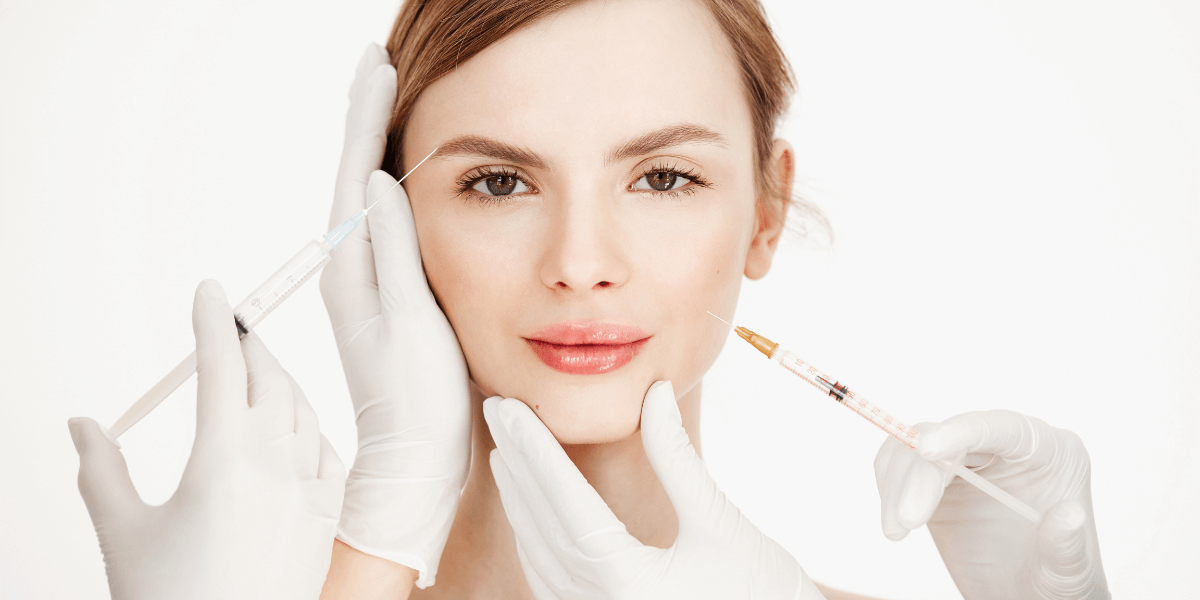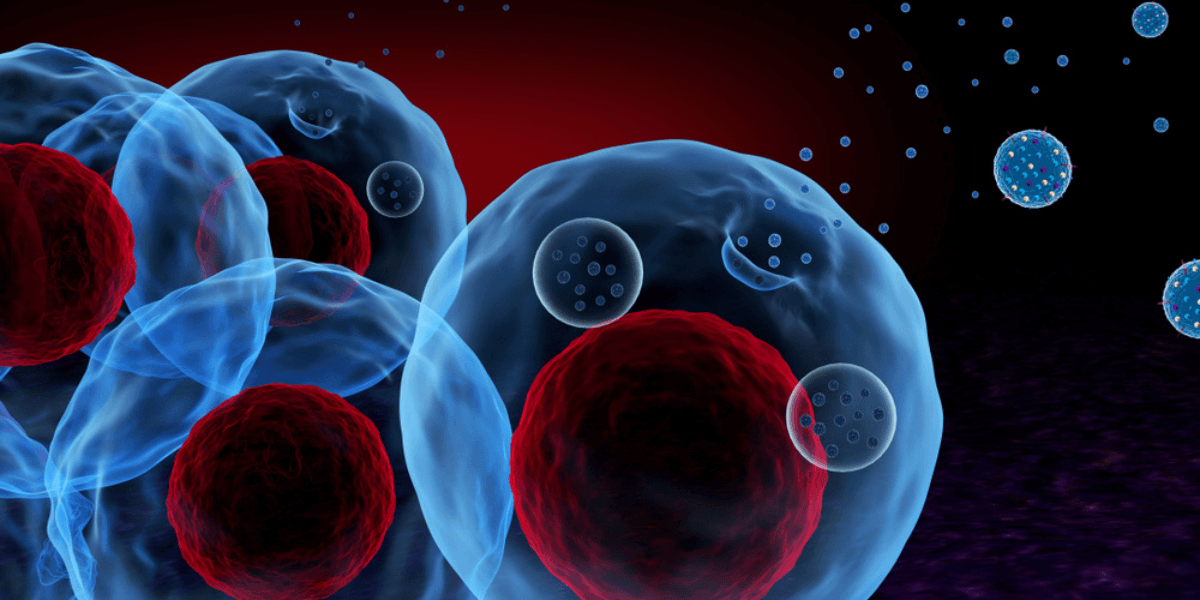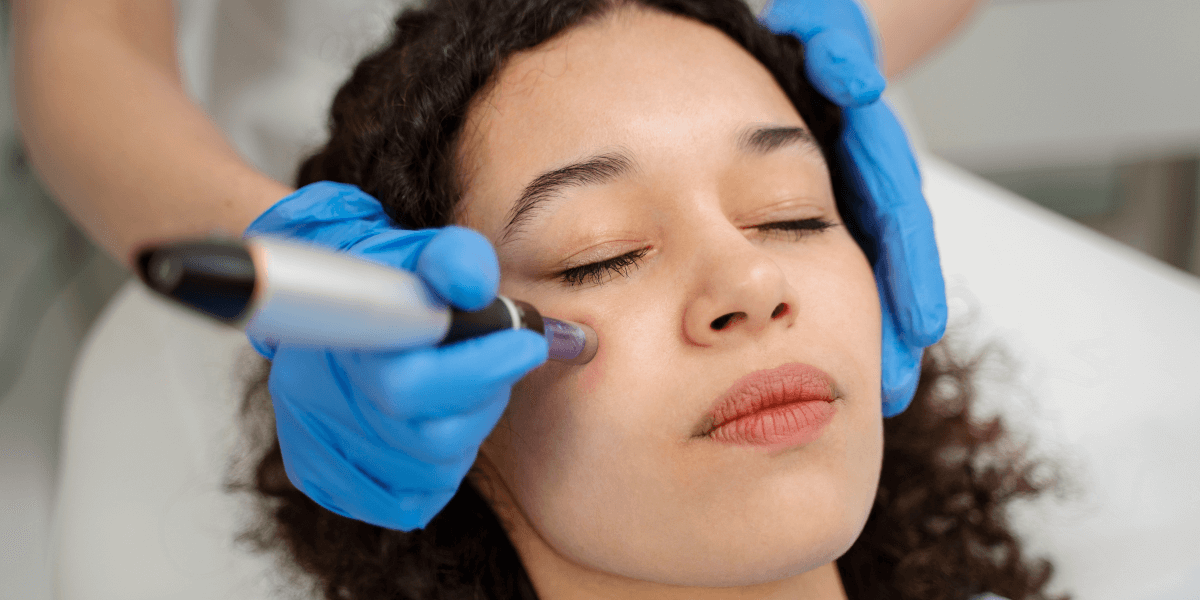The phrases varicose veins and spider veins are sometimes used interchangeably when discussing those elevated, swollen veins on your legs or the little, red and blue veins that seem more like branches. However, the two phrases represent distinct vein disorders. While they both occur for similar causes, it’s critical to understand the difference between the two when selecting which treatment choices are best for you.
Varicose Veins vs. Spider Veins
Large, elevated, bulging blood vessels that twist and turn are known as varicose veins. They usually form in the legs and are visible through the skin. Spider veins are tiny, twisted, and red, purple, and blue colored vessels. Veins of spiders can also be seen clearly through the skin. The legs, chest, and face are the most common places to find them. See Also: How Can Renal Vein Thrombosis Be Effectively Treated?
Causes of Varicose Veins and Spider Veins
Varicose veins are caused by a combination of circumstances which include:
- Heredity (passed on from a parent to a child through genes)
- Nurses, hairstylists, instructors, and manufacturing employees are examples of occupations that require excessive standing.
- Obesity
- Hormonal effects during pregnancy, puberty, and menopause
- Using contraceptive tablets
- Postmenopausal hormonal replacement
- A history of blood clots
- Conditions like tumors, constipation, and externally worn clothing like girdles can cause increased abdominal pressure.
Other known causes include skin damage or inflammation, past vascular surgery, and UV radiation exposure.
Other Risk Factors for Varicose Veins
Women are more likely to have varicose veins compared to men. They become more common with increasing age. Varicose veins affect between 30 and 60 percent of adults. However, they are usually not an issue.
Symptoms of Varicose Veins
Many individuals with varicose veins experience leg pain described as aching or cramping. Tiredness, restlessness, burning, throbbing, tingling, or heaviness in the legs are common symptoms. Elevating the legs or using a support hose can typically ease the pain caused by varicose veins. Symptoms in women may be worse at specific times of the menstrual cycle or during pregnancy. Swelling, ulcers (large sores), and an increase in the pigmentation or deepening of the color of the patient’s skin, particularly in the ankle region, are additionally possible side effects. Varicose veins can occasionally cause thrombophlebitis, a painful blood clot accompanied by vein inflammation.
Treatment Options for Varicose Veins
1. Wearing Support Stockings
A good option is to wear properly-fitting compression garments, especially if the veins are causing pain or discomfort. These are available in most surgical supply stores and some pharmacies. They come in various styles, including below-the-knee, above-the-knee, and pantyhose.
2. Making Lifestyle Changes
Maintaining good skin, cleanliness, losing weight (if necessary), and walking can all aid in the treatment of varicose veins. Water retention and edema can also be reduced by eating a low-salt diet.
3. Sclerotherapy
This method, which has been around since the 1930s, involves injecting a highly concentrated saline (salt) solution or a specially manufactured detergent straight into the vein. It then causes the vein to dissolve over three to six weeks progressively. The operation is easy, affordable, and can be done as an outpatient surgery.
4. Endovenous Laser Treatment
It involves inserting a tiny laser fiber into a vein to provide laser light pulses inside the vein, causing the vein to collapse. The technique is performed under local anesthesia as an outpatient procedure.
5. Radiofrequency Occlusion
Here, a tiny catheter is inserted into a vein to provide radiofrequency energy to the venous wall, which causes it to heat up, collapse, and seal shut. The operation is usually performed in an outpatient or in-office environment with a local anesthetic.
6. Surgery
Varicose vein surgery includes ligation (tying off a vein) and stripping (removal of a long segment of a vein), ambulatory phlebectomy (removal of large surface veins through very small incisions without stitches), and endoscopic vein surgery. Local, spinal, or general anesthesia may be used during surgery. Significant to note, most patients can return home the same day as their treatment. Large varicose veins are usually treated with surgery. A tiny camera is used to examine the veins and remove them during endoscopic vein surgery.
7. Lasers and Intense Pulsed Light
These devices use thermal energy to injure or destroy aberrant veins in a targeted manner. These therapies do not require needles or sclerosing solutions; nonetheless, there may be some slight discomfort. Discoloration or staining, as well as blister formation, are possible side effects. Vasculight and PhotoDerm are two examples. See Also: What Exactly Is Laser Therapy And How Does It Work? Are you looking for varicose vein or spider vein treatment in Freehold, NJ? If yes, then schedule an appointment with The Youth Fountain. Our experts at Freehold, New Jersey, will come up with a treatment plan that will help you overcome varicose veins.



